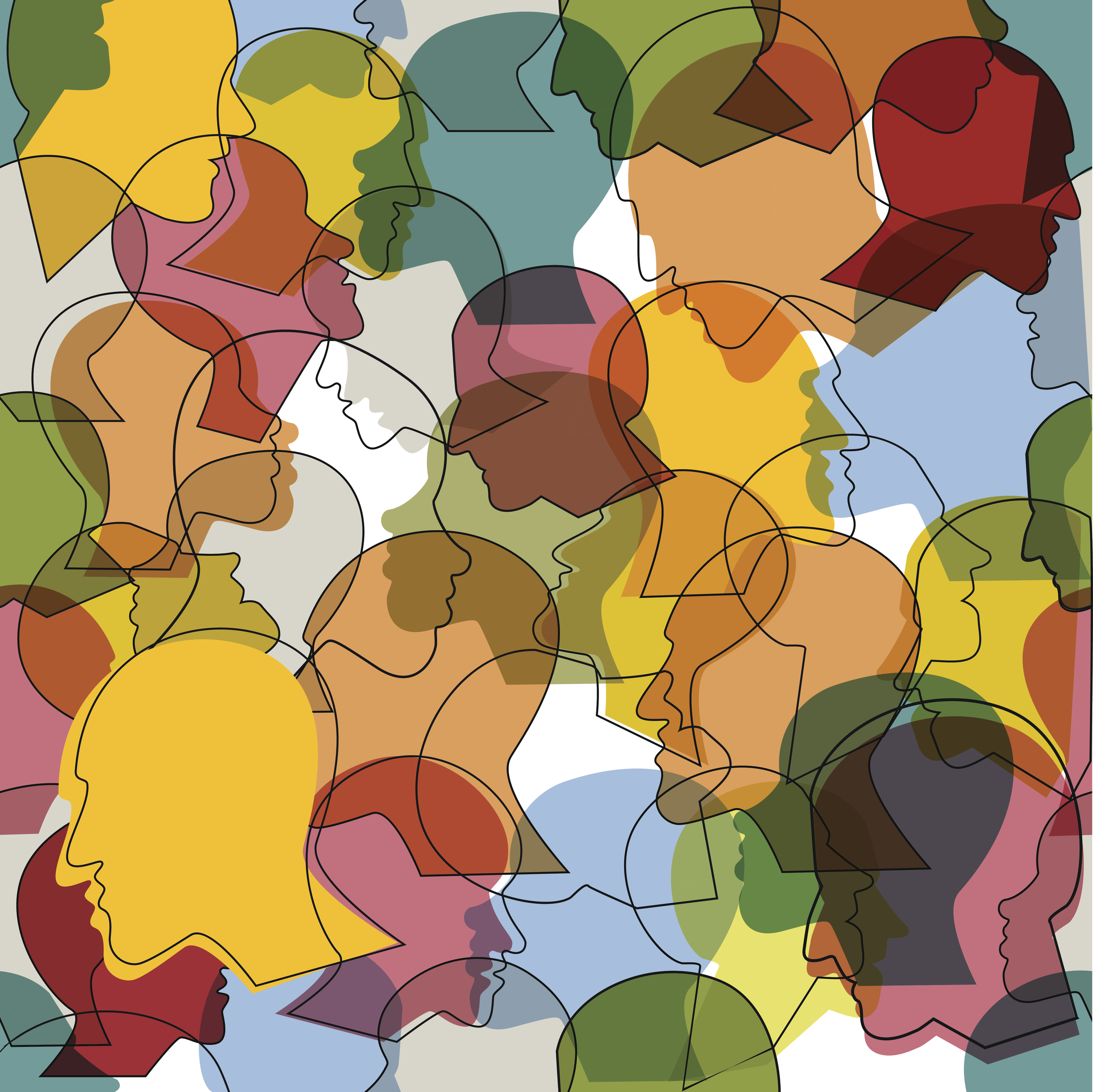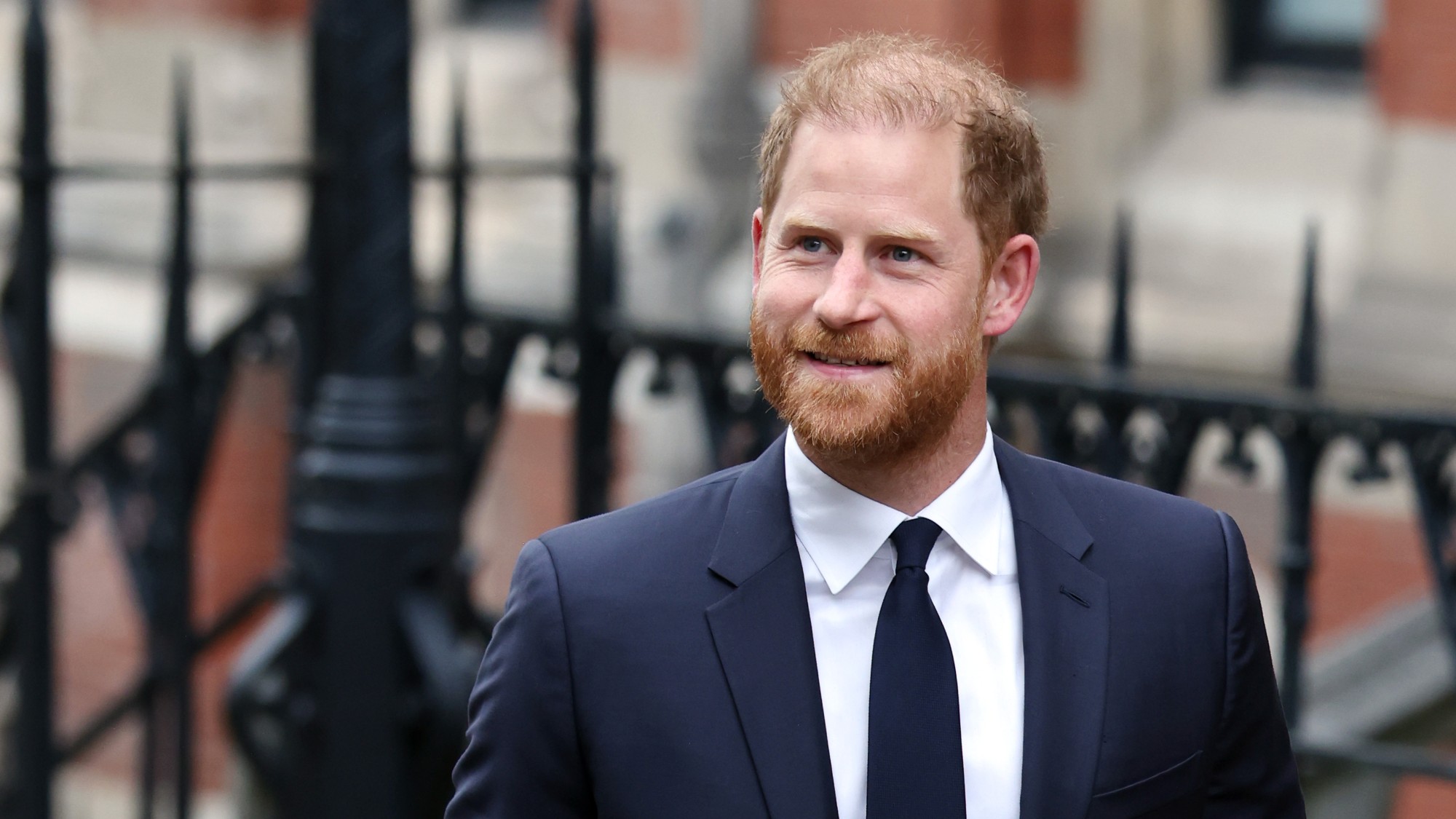The 'white minority' illusion
Demographics will not be Democrats' salvation


If there's one thing that's sustained liberals through the trials of the 2016 election and its aftermath, it's faith that demography will come to their rescue to ensure that they eventually prevail against the right-wing, racist populism of the Trump-era Republican Party.
That assumption, which originated with the "emerging Democratic majority" thesis of the early 2000s, has animated a thousand tweets and undergirded an untold number of think pieces over the past year and a half. The most recent is Ezra Klein's erudite reckoning with just how much President Trump's toxic racism and xenophobia diverges from the American norm. Klein's conclusion from a perusal of American history is: not much. The United States has never been especially liberal or democratic for non-whites, and Trump represents the last gasp of those in American life who would like to keep it that way.
It's likely to be their last gasp because, as Klein writes, "if current demographic projections hold, we will be a majority-minority nation in less than 30 years." Once that happens, the country's formerly white majority will have no choice but to reconcile itself to a changed demographic reality. And that will hopefully allow historians of the future to look back at our moment to conclude that what seemed like a potentially dire threat to liberal democracy in America during the Trump administration was merely "the turbulence that has always accompanied racial progress in this country."
The Week
Escape your echo chamber. Get the facts behind the news, plus analysis from multiple perspectives.

Sign up for The Week's Free Newsletters
From our morning news briefing to a weekly Good News Newsletter, get the best of The Week delivered directly to your inbox.
From our morning news briefing to a weekly Good News Newsletter, get the best of The Week delivered directly to your inbox.
It sounds reassuring. But is it true?
Don't bet on it.
Yes, the U.S. is on track to become at some point around 2045 a "minority white" nation — in the sense that if we lump every person who isn't white into a single demographic category of "non-white," whites will be outnumbered. The problem is that no such politically homogeneous category of citizen exists in the real world. It's the creation of demographers and liberal data journalists eager to mollify their anxieties.
Such people convince themselves of its reality by making a habit of talking about how "people of color" are uniformly oppressed by hegemonic "whiteness" in the United States. But the truth is that people of Hispanic, African, West Indian, East Asian, South Asian, and Arab descent don't perceive themselves as (or vote as if they are) members of a unified bloc. They are discrete groups. Most of them do lean Democratic, but not uniformly, and they do so for disparate reasons rooted in the cultures they brought with them to this country and in their distinct histories since arriving. (That's true of white voters, too, of course.)
A free daily email with the biggest news stories of the day – and the best features from TheWeek.com
Now, as critics have pointed out, it's most likely misleading even to suggest that these ethnic categories will remain stable over the coming decades, given rising rates of intermarriage among the members of each group. But even if we assume for the sake of analysis that the categories remain intact, it's important to recognize that "white" is going to remain the plurality group for a very long time to come. In 2045, when the shift to "minority white" country is supposed to happen, whites will be 49.8 percent of the population, with Hispanics, at 24.6 percent, the next largest group at roughly half the size.
That's not the portrait of a country in which demographics are going to deliver liberals an automatic and permanent victory. It's the portrait of a country in which politics will continue as it always has, with different parties and politicians jostling for the support of a range of different groups.
Unless, that is, liberals can convince the non-white members of their current electoral coalition to begin thinking of themselves, first and foremost, as "people of color" united by their antipathy to, and in their oppression by, white America. If racism is defined, in part, by the tendency of whites to view everyone but themselves as "not white," then this would be a form of counter-racism in which non-whites positively affirm as a politically potent identity what was once treated as a form of stigma.
The doubling down on identity politics among liberals since Donald Trump's election follows from something like this ambition to unify non-whites against the Republican Party and in favor of the Democrats. (At the same time, the left's growing emphasis on intersectionality, which sows division instead of unity by highlighting the distinctive, irreducible grievances suffered by the members of ever-narrower demographic sub-categories, adds a heavy dose of self-contradiction to the project.)
It would appear that the "emerging Democratic majority" requires anti-white identity politics as its midwife.
That would be inadvisable in civic terms even if demographic trends over the next half century favored non-whites more convincingly than they do. As it is, liberals risk actively antagonizing (and hence galvanizing against them) what will remain for some significant time to come the single-largest demographic group in the United States.
There may be more foolish electoral strategies out there, but I'm hard-pressed to think of one.
Damon Linker is a senior correspondent at TheWeek.com. He is also a former contributing editor at The New Republic and the author of The Theocons and The Religious Test.
-
 Prince Harry’s court battle with ‘highly intrusive’ press
Prince Harry’s court battle with ‘highly intrusive’ pressIn the Spotlight As the Duke of Sussex and other high-profile claimants begin their trial against Associated Newspapers, ‘the stakes for all sides are high’
-
 Wellness retreats to reset your gut health
Wellness retreats to reset your gut healthThe Week Recommends These swanky spots claim to help reset your gut microbiome through specially tailored nutrition plans and treatments
-
 Climate change could lead to a reptile ‘sexpocalypse’
Climate change could lead to a reptile ‘sexpocalypse’Under the radar The gender gap has hit the animal kingdom
-
 The billionaires’ wealth tax: a catastrophe for California?
The billionaires’ wealth tax: a catastrophe for California?Talking Point Peter Thiel and Larry Page preparing to change state residency
-
 Bari Weiss’ ‘60 Minutes’ scandal is about more than one report
Bari Weiss’ ‘60 Minutes’ scandal is about more than one reportIN THE SPOTLIGHT By blocking an approved segment on a controversial prison holding US deportees in El Salvador, the editor-in-chief of CBS News has become the main story
-
 Has Zohran Mamdani shown the Democrats how to win again?
Has Zohran Mamdani shown the Democrats how to win again?Today’s Big Question New York City mayoral election touted as victory for left-wing populists but moderate centrist wins elsewhere present more complex path for Democratic Party
-
 Millions turn out for anti-Trump ‘No Kings’ rallies
Millions turn out for anti-Trump ‘No Kings’ ralliesSpeed Read An estimated 7 million people participated, 2 million more than at the first ‘No Kings’ protest in June
-
 Ghislaine Maxwell: angling for a Trump pardon
Ghislaine Maxwell: angling for a Trump pardonTalking Point Convicted sex trafficker's testimony could shed new light on president's links to Jeffrey Epstein
-
 The last words and final moments of 40 presidents
The last words and final moments of 40 presidentsThe Explainer Some are eloquent quotes worthy of the holders of the highest office in the nation, and others... aren't
-
 The JFK files: the truth at last?
The JFK files: the truth at last?In The Spotlight More than 64,000 previously classified documents relating the 1963 assassination of John F. Kennedy have been released by the Trump administration
-
 'Seriously, not literally': how should the world take Donald Trump?
'Seriously, not literally': how should the world take Donald Trump?Today's big question White House rhetoric and reality look likely to become increasingly blurred
